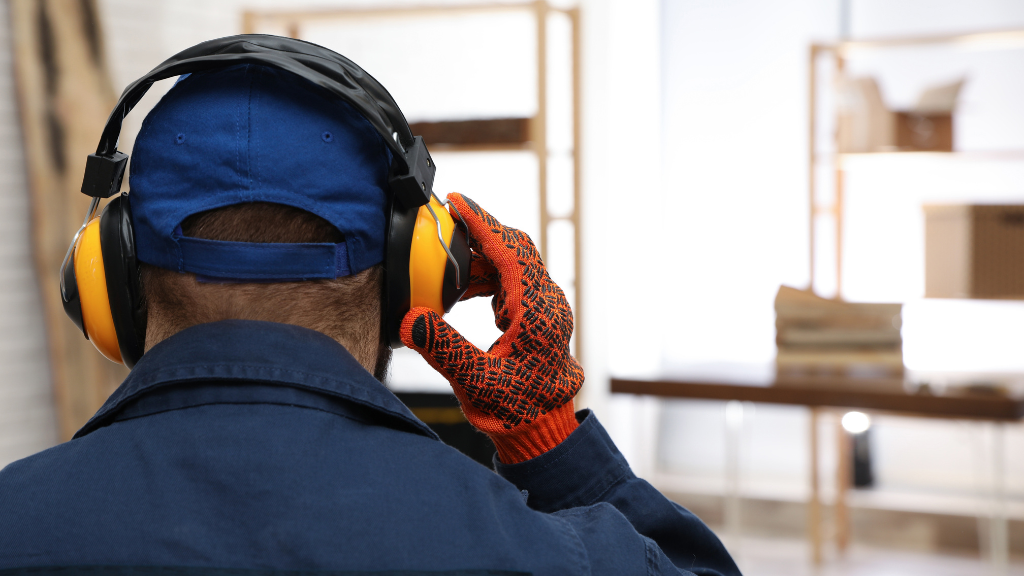Employers have a duty to protect workers from the effects of excessive noise in the workplace. This includes assessing risks, eliminating exposure to noise where practical and controlling exposure where it can’t be eliminated. While the best method of protecting workers is to reduce the levels of noise they are exposed to, this isn’t always practical or may require significant time, disruption and investment. Where exposure can’t be eliminated, employers have duties to reduce exposure as far as practical and provide hearing protection, health surveillance, information, instruction and training.
Following on from an inspection campaign, the Health & Safety Executive (HSE) announced that in over 75% of workplaces where noise levels would require mandatory hearing protection, their inspectors found that employees had significant gaps in their knowledge.
Particular workplace noise issues the HSE identified included:
- 80% of employees not having received instruction on how to use their hearing protection effectively. This included avoiding interference from hats and hoods, keeping hair clear of earmuffs, or ensuring compatibility with other personal protective equipment such as hard hats and eye protection.
- Employees lacking knowledge about how to check for damage and store hearing protection properly or how to report faults.
- A lack of guidance on the importance of wearing protection continuously when noise levels are high.
- 95% of employers not having checked that employees could still hear or detect warning signals when wearing hearing protection.
In view of these findings, we can expect that inspectors will be focusing on noise and proper use of hearing protection.
What do employers with noisy workplaces need to do?
A key step is to ensure that employees have received suitable information, instruction and training. Another vital step is to ensure that hearing protection is properly managed.
The HSE are promoting the CUFF system to help employers assess the effectiveness of hearing protection.
What is the CUFF system?
Condition – check the hearing protection is in good condition and there are no gaps that let harmful noise through. For example, check for damaged seals, cracked cups, missing foam and stretched headbands. Remember, single-use earplugs must be thrown away when taken out and must not be reused. Also, reusable plugs will deteriorate over time and will need replacing. Regular inspection helps ensure that hearing protection is doing its job.
Use – check hearing protection is used when needed. It must be put on before the noise hazard begins and stay on when the noise hazard is present. An important factor is making sure that hearing protection is easily available close to where it is needed.
Fit the ear – check that hearing protection is being worn correctly. Do earplug users know how to insert them correctly (e.g., how to straighten the ear canal) and hygienically? Are ear defenders properly sitting against the side of the head and not being worn over hair, clothing, hats, etc.? Where helmet-mounted ear defenders are used, are they compatible with the type of helmet?
Fit for purpose – check that the hearing protection selected is suitable for the noise hazard in the workplace, without creating additional risks. Hearing protection should offer sufficient protection to reduce noise to acceptable levels but should avoid reducing noise to a level where wearers can’t hear warning signals.
Find more advice for employers from HSE here.
➡️ If you need support in protecting hearing in your workplace, and staying legally compliant and safe, explore our services – we can support your organisation through every issue.

